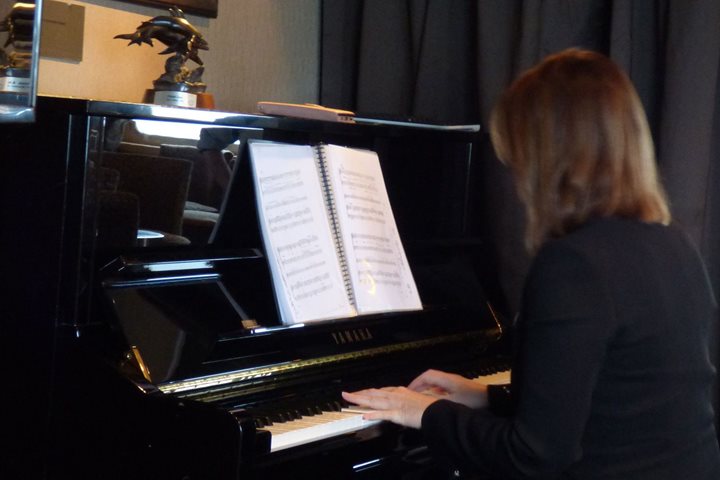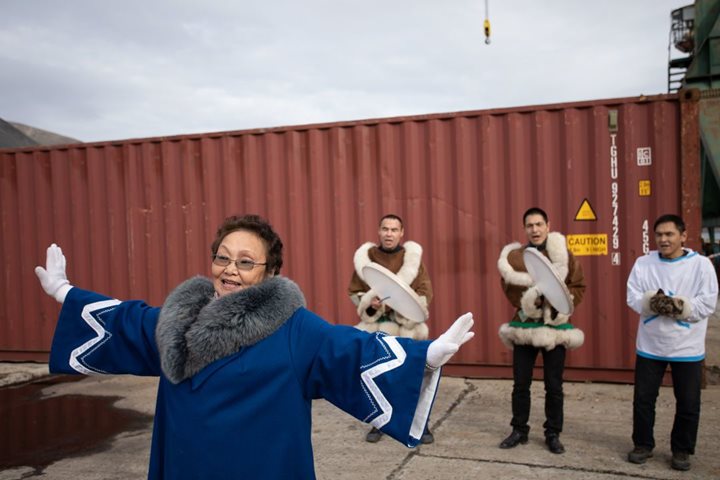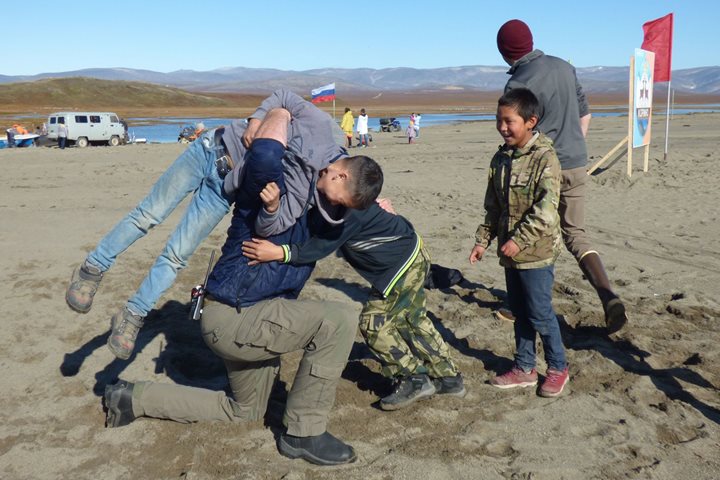We find ourselves in the Chukchi Sea. A part of the Arctic Ocean, north of the Bering Strait, it seems cold and empty, the whitecaps on grey water stretching to the horizon. For most of the day, no land has been in sight and our focus has been inward, enjoying the comforts of our ship, the companionship of our fellow travelers and a relaxed schedule of presentations from our naturalists. But as we make our way north and west toward landfall at Wrangel Island, we should take a few moments to think about the lost world beneath us.
In the big picture, the view that always brings our planet into the clearest focus, this sea is only a very temporary place. We are cruising over a flooded landscape that not long ago was home to wooly mammoths, saber-toothed cats, herds of small horses and villages of people very much like ourselves. It’s very close. National Geographic Orion is a little over three hundred feet long; if we stood her on end with the stern touching the bottom below us, about half of her length would stand up out of the water like an enormous tower, a monument to the Ice Age world beneath the waves.
When we hear the term “Bering Land Bridge,” it’s easy to envision a narrow, rocky isthmus, a tenuous connection between the continents. But the reality is far different. This bridge was more than a thousand miles wide, a broad plain that linked Siberia and Alaska with no significant narrowing at all. People and animals made their way across it, but it was a place unto itself, the subcontinent of Beringia. It was not simply a place to transit, it was home, for thousands of years, to herds of game, rich communities of plants and to the people who harvested these resources. The world they lived in was not a short-lived connection; this enormous region of lakes and forests and endless shrubby steppe is the way things usually are. For more than many millions of years America and Asia have been linked by Beringia – and it still exists, waiting, just a few feet below our ship.
It does look like we’re crossing an ocean, but really, we’re just searching for a connection to this ancient place. And late this afternoon we found it: Wrangel Island. Not long ago this land was simply a small mountain range rising from the broad Arctic plains. Now the Holocene flood surrounds it and isolates it, makes it seem separate, but it is really just a part of the place where we have been all day. Tomorrow we will walk on the wild landscape of Beringia.







